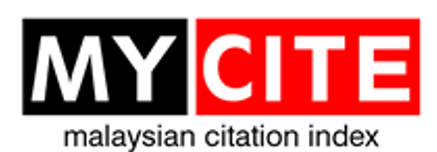Selectively Logging Old Growth Rain Forest Twice Changes Canopy Ant Species Composition, While Conversion to Oil Palm Changes Composition and Reduces Species Richness and Diversity
DOI:
https://doi.org/10.51200/jtbc.v15i.1484Keywords:
Formicidae, SAFE Project, land-use change, canopy antsAbstract
Tropical forests around the world, and particularly in Southeast Asia, are being affected by anthropogenic habitat conversion and degradation. Ants, an ecologically important group in the rainforest canopy, have previously been demonstrated to be robust to a single round of selective logging, but are strongly affected by conversion to oil palm. However, the impacts of multiple rounds of selective logging on canopy ants remain unexplored. We studied the ant assemblages across a habitat gradient comprising old growth forest, twice-logged forest and oil palm plantation in Sabah, Malaysian Borneo. Canopy ants were collected using insecticide fogging across 36 sampling sites. Old growth forest and twice-logged forest had similar species richness and Shannon species diversity. These two forest habitats were significantly higher in species richness and Shannon diversity than oil palm plantation. Abundance of canopy ants was similar across all three habitats. There was a significant difference in species composition between all pairs of habitats. Leaf litter depth on the ground was positively related to ant species richness, while canopy cover was positively related to ant abundance. Hence, multiple rounds of logging cause shifts in ant species composition, while forest conversion to oil palm additionally causes reductions in ant diversity. This is of concern, since forests in Sabah and elsewhere are becoming increasingly degraded. Our results indicate that both old growth and twice-logged rain forests can be useful for conservation of canopy ants.
Downloads
Published
How to Cite
Issue
Section
License
BY: credit must be given to the creator.
NC: Only noncommercial uses of the work are permitted.
This journal provides open access to its content under CC BY-NC 4.0 on the principle that making research freely available to the public supports greater international collaboration and information exchange.












